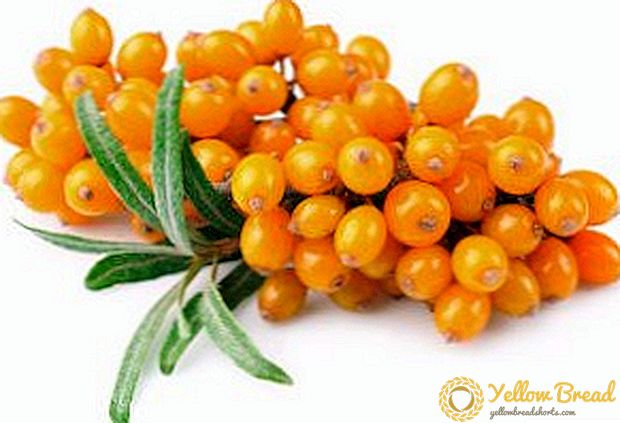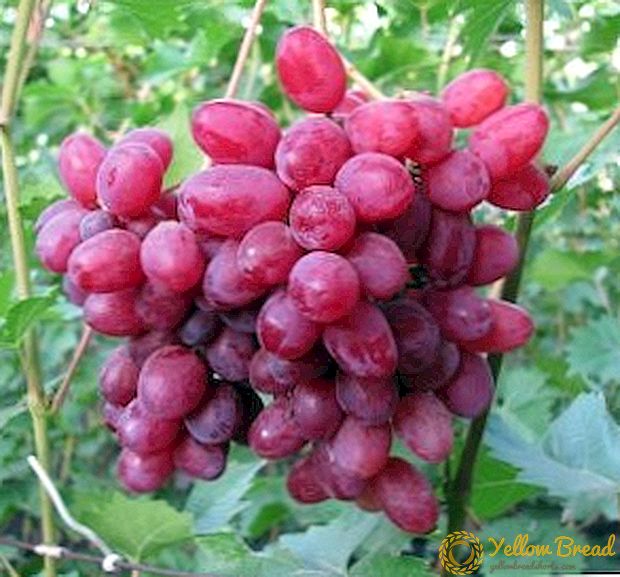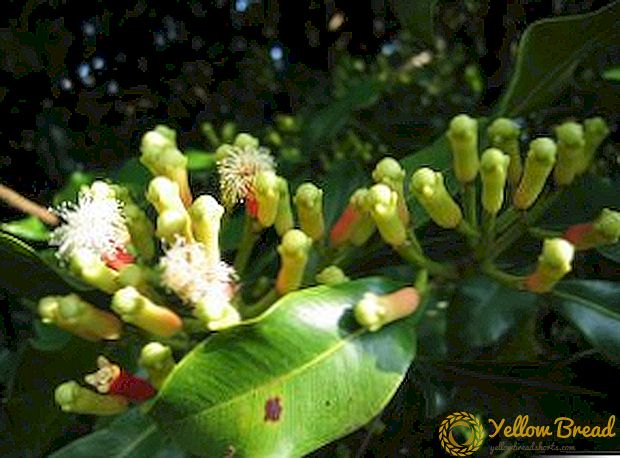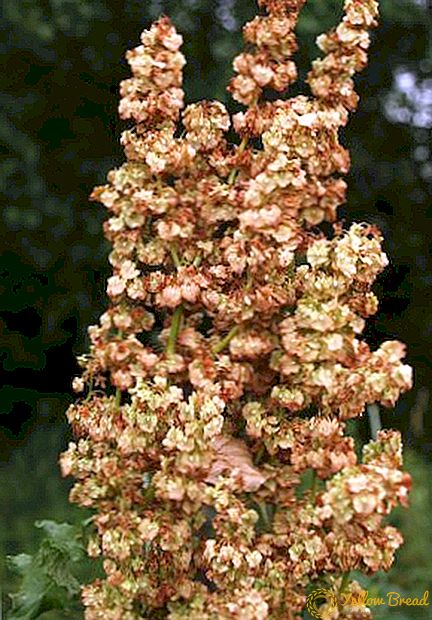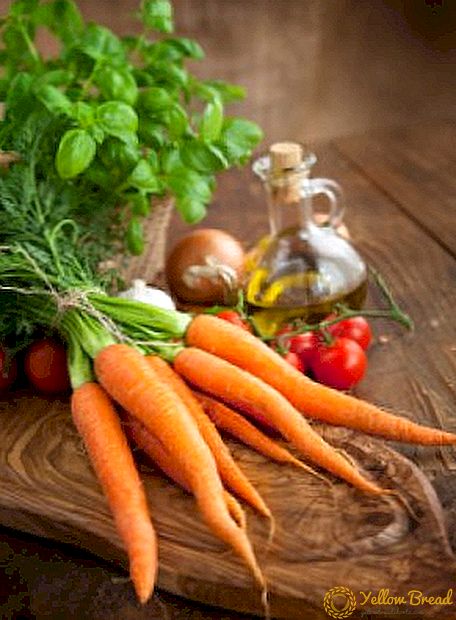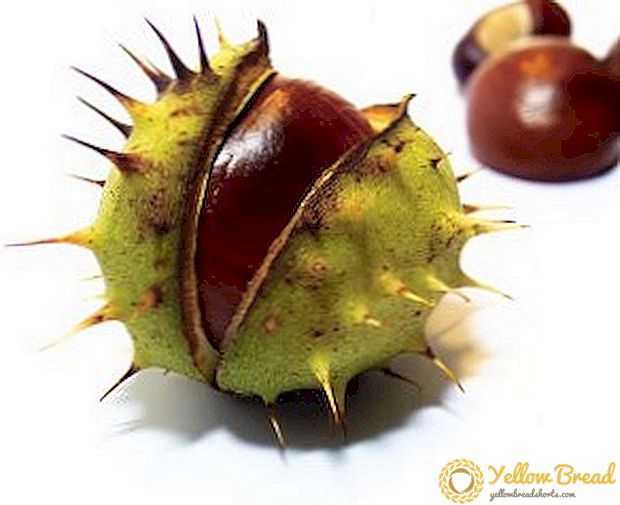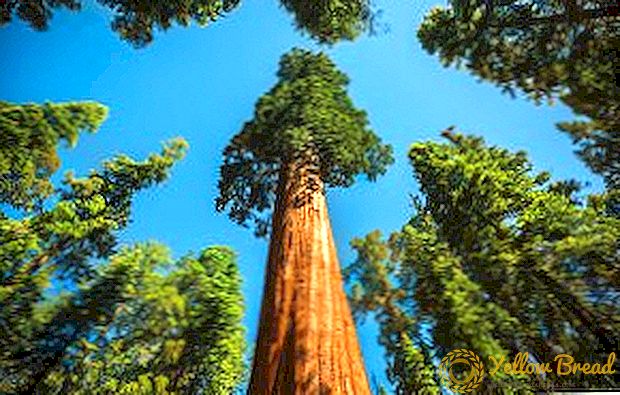 Eucalyptus is a truly legendary plant, healthier entire regions of the planet. First encountered by Europeans in Australia, these living marshland dehumidifiers spread throughout the world.
Eucalyptus is a truly legendary plant, healthier entire regions of the planet. First encountered by Europeans in Australia, these living marshland dehumidifiers spread throughout the world.
- Great and powerful
- Where is growing?
- Separately about height
- Popular species
- Useful and healing properties
- More about using
- Is it possible to grow at home
Great and powerful
The genus Eucalyptus (Eucalýptus) is a family of myrtle. It includes more than 800 species of evergreen trees or shrubs. Most eucalyptus trees are straight or curved trees.
Some species reach a hundred-meter height and tens of meters in girth, but in the mountains often grow up dull, gnarled trees, and in the desert areas shrub species are common.
The bark in various species can be smooth, fibrous, scaly, folded. Periodically, the tree resets the bark. Interestingly, this eucalyptus property gave rise to its popular name "shameless."  The leaves of the plant vary according to the type: are ovoid, lanceolate, pointed. They are notable for the fact that because of their location (edge to the sun) they practically do not give a shadow.
The leaves of the plant vary according to the type: are ovoid, lanceolate, pointed. They are notable for the fact that because of their location (edge to the sun) they practically do not give a shadow.
In addition, the leaves of species growing in Australia are clearly oriented: the leaf plane is located along the meridian, the tips look to the north and south.
The eucalyptus tree can bloom in different periods, it depends on the species. Flowers come in a variety of colors, from white to fiery red. They are collected in inflorescences in the form of umbrellas or panicles.
Fruits may look like a box, bell or ball. Their maturation lasts from one to two years in various species. Seeds make up 17% of the mass of the fruit. 
Where is growing?
Australia is home to almost all eucalyptus trees, where three-quarters of the trees are eucalyptus, and beyond its borders only 15 out of more than 800 species grow wild. These species were found in New Zealand, Tasmania, New Guinea, Indonesia and the Philippines.
Currently, this plant has spread to many countries in Europe, Asia, North and South America. The reason for this popularity is its ability to drain the marshland, as well as the rapid growth of the tree. In addition, they are also attributed to the ability to disinfect air.
Eucalyptus - a thermophilic plant, usually grows in the tropics or subtropics. Some species withstand freezing temperatures, and high-mountain trees are able to withstand twenty degrees of frost.
They grow on a variety of soils: clay, sand, chestnut, peat, etc. There are both in the lowlands and in the mountains. 
Separately about height
Eucalyptus grows very quickly. In the first year, they can reach 1.5–2 m, by three years they can rise to 10 m, and a ten-year-old tree is able to pull the trunk 20 m high. Further growth up sharply decreases, the tree basically increases in diameter.
Regal eucalyptus (Eucalýptus régnans) is considered the highest species. It reaches a hundred meter height, but there are unconfirmed descriptions of specimens up to 155 m high.
It is reliably known only about one such giant - in 2008, in Tasmania, a tree called "Centurion" was discovered. Its height is 101 m - this is the highest flowering plant on the planet. 
Popular species
In addition to the above-mentioned royal eucalyptus, other species of this plant are also famous. So, rainbow eucalyptus is the only wild species of the northern hemisphere. It grows in New Guinea, Indonesia, the Philippines.
It has an unusual bark - it is initially bright green, but later its parts are painted in other colors: blue, burgundy, purple, orange. Now this beautiful tree has spread to South and North America, China, and Malaysia. 
This species is also interesting because it is cultivated as a houseplant. Its branches with silvery rounded leaves are loved by florists, who use them to create various compositions.  As an ornamental home plant is also widely known. eucalyptus populus, otherwise called poplar.It is distinguished by its original crown, similar to the crown of pyramidal poplars, and beautiful oval bluish-green leaves. Florists love to use it in wedding bouquets.
As an ornamental home plant is also widely known. eucalyptus populus, otherwise called poplar.It is distinguished by its original crown, similar to the crown of pyramidal poplars, and beautiful oval bluish-green leaves. Florists love to use it in wedding bouquets. 
Useful and healing properties
Australian aborigines knew about the healing properties of eucalyptus leaves and actively used them as a natural antibiotic.
The leaves of this tree really are the most valuable medicinal raw materials. They are collected throughout the summer, but autumn collection is especially valuable. Phytoncides are abundant in eucalyptus foliage - these substances help in the fight against pathogenic bacteria.
Essential oil extracted from foliage contains up to 80% of cineol - a substance with antiseptic and expectorant properties. In addition, the oil contains healing bitterness and tannins.
This healing blend is very effective in combating particularly resistant pathogens that cause dangerous infectious and gastrointestinal diseases, such as tuberculosis, malaria fever, trichomonads (genital tract infection), gangrene, pleurisy, bronchitis and other dangerous diseases.
 With the help of eucalyptus, deadly diseases such as cholera, typhoid, scarlet fever, and measles were defeated. Also, preparations made on the basis of eucalyptus, have analgesic properties. Broths and infusions of leaves are successfully used in the treatment of eye diseases.
With the help of eucalyptus, deadly diseases such as cholera, typhoid, scarlet fever, and measles were defeated. Also, preparations made on the basis of eucalyptus, have analgesic properties. Broths and infusions of leaves are successfully used in the treatment of eye diseases.People have long noticed that the smell of eucalyptus scares mosquitoes, mosquitoes and other blood-sucking midges. Various ointments, infused on the leaves of this plant, not only drive off these insects, but also help with bites and other inflammations.
Eucalyptus essential oils are often used as a healing and soothing fragrance. To ensure a calm, good sleep, just drop a few drops of eucalyptus essential oil on the pillow. This fragrance also relieves people from fatigue, depression and migraines.

More about using
Eucalyptus twigs are also often used in interior decoration and floristics. Each cut twig for quite a long time, up to three weeks, preserves the natural freshness. The surface of these dark green leaves is dull and creates the illusion of something reliable.
No wonder eucalyptus is one of the symbols of protection and abundance. Perhaps that is why the designers of florists often use the branches of this plant in the preparation of wedding bouquets.
These evergreen branches look great with peonies, asters or hydrangeas. In addition, the pleasant smell of this plant gives bouquets a special showiness.
In addition, this plant is used in landscape design. This is only possible in those climatic zones where nature allows this native of the tropics to grow.
The design does not use the 100-meter giants, which are found in nature, but the ornamental varieties of the meter population, reaching only 2 m in height, fit perfectly into the cultivated areas of nature. 
Is it possible to grow at home
There are types of eucalyptus that are cultivated at home. These home trees reach a height of two meters and require the same conditions and methods of care.
They grow, unlike their natural relatives, not very quickly, as in many Southerners they prefer the sun. It is best to place the plant on the south side of the room. In summer, it is advisable to transfer the eucalyptus to a balcony or garden.
In the autumn-winter period, the plant is arranged in the brightest place with natural light. Comfortable temperature for eucalyptus in summer is 20-25 ° С, in winter it is not lower than 10 ° С.
The plant requires abundant watering in the summer. In winter, watering a little cut. In the summer, the land should remain constantly wet when watering, while in winter watering it is necessary to wait for the soil in the pot to dry out a bit.
For irrigation water is used at room temperature. It should be remembered that this tree does not need additional spraying. Comfortable for him is the usual room humidity.  In conclusion, it can be noted that eucalyptus trees are unique plants, only with their presence, which heals the atmosphere. Their planting in the wetlands helped to cope with malaria at one time, and the essential oil extracted from them is still actively used in medicine.
In conclusion, it can be noted that eucalyptus trees are unique plants, only with their presence, which heals the atmosphere. Their planting in the wetlands helped to cope with malaria at one time, and the essential oil extracted from them is still actively used in medicine.
In order to enjoy the unique atmosphere created around the eucalyptus, it is not necessary to visit the tropics, because some species grow beautifully at home.

